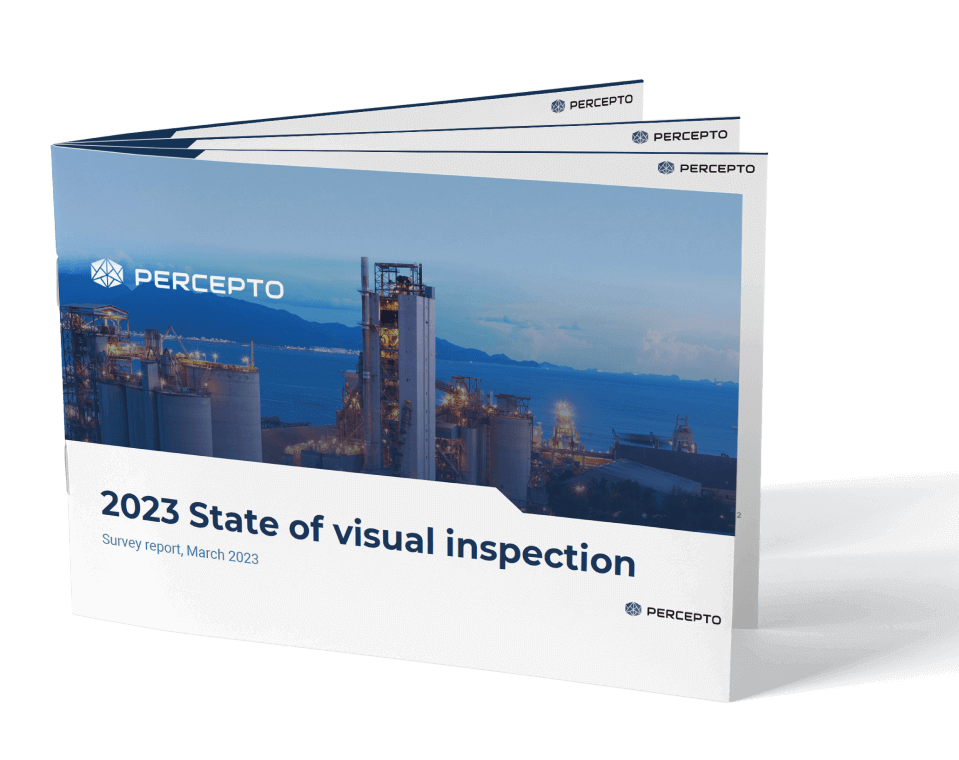New Report Highlights Industrial Site Inspection Technology
/A new report from Percepto looks at the current state of video inspection technology—namely drones, robotics and AI—at industrial sites.
“Drones, robotics, and AI allow for automated visual infrastructure inspections at a pace, scale, and accuracy level that humans alone cannot deliver using traditional visual inspection methods, particularly for hazardous, hard-to-reach assets,” said Percepto Co-founder and CEO Dor Abuhasira. “The heavy reliance on labor intensive, manual methods suggests a lack of awareness of how AI can be utilized to ensure the highest levels of safety, productivity, asset reliability, and adherence to regulations, representing a vast untapped technological resource.”
The study looked at risks of not using emerging technologies to inspect and monitor assets.
Respondents indicated that some hazardous assets, such as power grids and pipelines, are largely unmonitored for long periods of time, leaving infrastructure vulnerable to large scale failures such as fires, oil spills, and gas leaks. Failing to detect faults in time can have far-reaching consequences, such as loss of life, billions of dollars in fines for environmental infractions, and lost profits. While most energy and oil & gas companies collect huge amounts of visual data in the form of images and video, only 12% of those surveyed indicated they are using artificial intelligence for automating data analysis to gain insights.
Other key survey findings include:
While many industrial organizations today are striving to upgrade their visual inspection to Industry 4.0 standards, all (100%) respondents still rely on manned visual inspection, while none are using robots and only 16% are using drones.
“Increasing site safety” was a main driver for visual inspections by respondents (98%), higher than those seeking to maintain the reliability of their operations (66%) and regulatory compliance (29%).
A third of respondents (35%) are still using in-house developed analysis tools which are typically not best-of-breed in the market. This suboptimal data management can result in relevant insights not reaching the right stakeholders, repairs not being performed in time, and in extreme cases—data not being analyzed at all.
By using drones and robots coupled with AI-powered analysis software for their data management, companies can monitor their site health with far greater safety, speed, efficiency, and accuracy from anywhere, and allow all relevant stakeholders easy access to both the data itself as well as to the derived insights.



